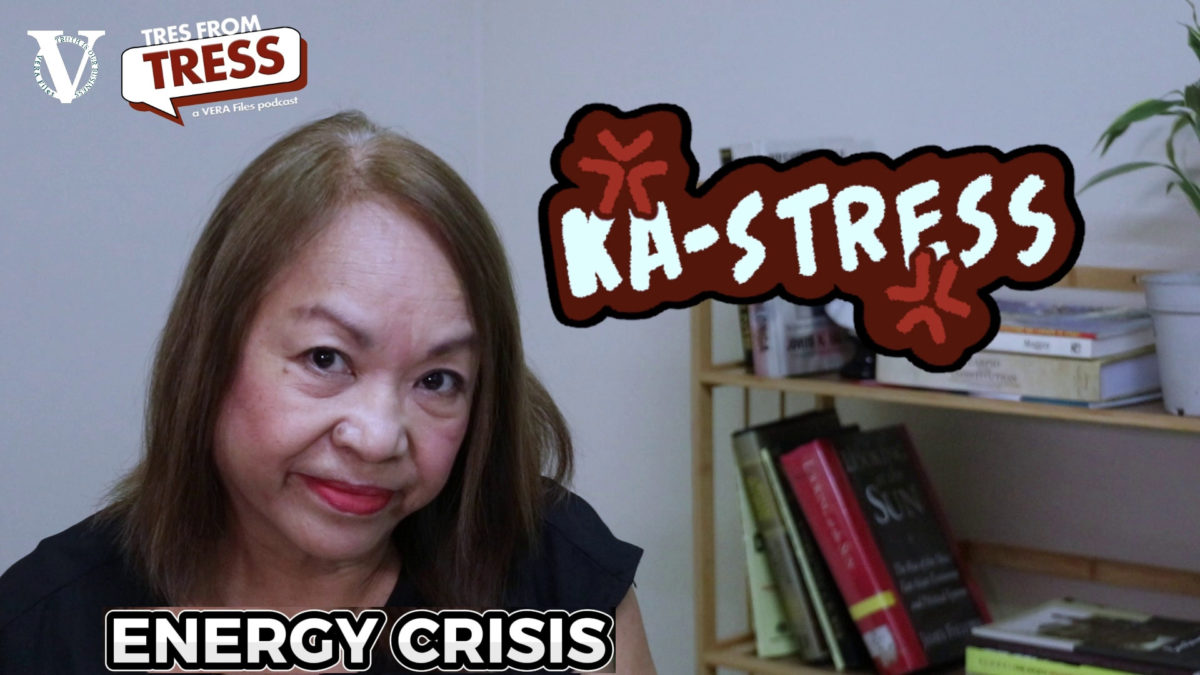
Chinese Foreign Minister Wang Yi and Foreign Secretary Alan Peter Cayetano during the former’s official visit in Manila July 25. DFA photo.
From the fragmented information about the resumption of talks on joint exploration with China in the disputed parts of the Spratlys, what is emerging is a repeat of jumbo loans that the administration of Gloria Arroyo obtained from the Chinese government in 2004 in exchange for agreeing to allow China to explore within the country’s economic exclusive zone.
In his State-of-the Nation address last Monday, the issue about West Philippine Sea was mentioned sort of in passing. “The West Philippine Sea issue and federalism are matters that we have to tackle sooner or later,” Duterte said.
Reporters followed it up in his post-SONA press conference. Duterte added more information:
“When they start to excavate the gas and all. I tell you, it’s going to be just like a joint venture. Para pareho. (So it’s equal). “
Pressed for more details, Duterte said: “Wala pa sila pero we are into it already. We are there already, may partner na.Di ko lang masabi kung sino. Nandoon na ang atin pati kanila. They are talking and they are exploring.(They are not yet but we are into it already. We are there already, we already have a partner. I can’t say who. Ours are already there including theirs. They are talking and they are exploring.)
Confusing.Are they there or are not there?
In his first solo press conference as foreign secretary Wednesday , Alan Peter Cayetano said “talks are exploratory” and he mentioned “Chinese counterparts.”
He described the level of the talks this way: “Kung sa mag-boyfriend hindi yung mag-on na tayo ulit. Ang tanong lang, kung magkikita tayo, may pag-asa ba? Sa ganung level pa palang . Pakiramdaman (If we are [former] lovers, It’s not like ‘we are on again.’ The question is, are we going to meet? Is there hope? That’s where we are now. Playing it by ear.)
Cayetano declined to say in what specific area would the joint exploration be but there are reports that it would again involve Reed Bank off Palawan, which was the subject of exploration by Forum Energy, where businessman Manuel V. Pangilinan’s Philex holds majority shares.
Initial drilling started in 2011 despite harassment by Chinese ships but was suspended when the Philippines filed a case against China before the Permanent Court of Arbitration in The Hague.
Cayetano, whose office has the final say on the suspension of the activities in the area as it has foreign relations implications, said it has not yet been lifted.

Foreign Secretary Alan Peter Cayetano first solo press conference. July 26 at the Shangrila, BGC.
Then Cayetano said something very significant: “I can’t talk.Sometimes it’s part of other cooperation agreements. Before the One Belt-One Road, there were already some talks in the cabinet.”
That means reportedprojects worth an estimated $13.5 billion that China is funding aretied to the government’s agreement to enter into a joint exploration with China in Philippine territory, disputed or undisputed.
This is Joint Marine Seismic Survey Undertaking all over again.
A brainchild of then House Speaker Jose de Venecia,the JMSU was joint exploration project between thePhilippinesand China (Vietnam joined later). Signed in 2005, the agreement involved the PNOC, the China National Offshore Oil Co. (CNOOC) and Vietnam Oil and Gas Corp. (PetroVietnam). It covered a total 142,886 kilometers in the disputed South China Sea and included almost 80 percent of the Kalayaan Group which the Philippines claims. Reed Bank near Palawan was also included.
The project title “Joint Marine Seismic Survey Undertaking” is a circumvention of the Constitutional provision (Sec. 2 of Article XII) of the Philippine Constitution states thatthe exploration, development, and utilization of natural resources “shall be under the full control and supervision of the State. The State may directly undertake such activities, or it may enter into co-production, joint venture, or production-sharing agreements with Filipino citizens, or corporations or associations at least sixty per centum of whose capital is owned by such citizens.”
The Constitution also provides that the resources in the country’s exclusive economic zone, which Reed Bank falls within, are reserved for the “use and enjoyment exclusively to Filipino citizens.”
Then acting Justice Secretary Merceditas Gutierrez warned De Venecia and the DFA about the Constitutional prohibition. A foreign affairs official said De Venecia was almost shouting at them when they were expressing their apprehension about the deal violating the Constitution.
They were able to to find a creative way to around the Constitutional prohibition and came up with the term, “seismic undertaking.”
A source said De Venecia was anxious about JMSU because it was connected to the $904.38 million package of investment from China that included the graft-ridden Northrail, NBN-ZTE telecommunications deal and Zhongxing Technology Equipment (ZTE) Diwalwal mining project. China , sources said, made it clear to Philippine officials that that multi-million package would be delivered only if JMSU pushed through.
So important were the deals that Arroyo had to leave the bedside of the sick Mike Arroyo at St Luke’s Hospital and flew to Boao, China to witness the signing of the agreement for the jumbo loans.
Malacanang’s press release aptly described Arroyo’s quick trip to Boao thus: “That’s the way things looked like for President Gloria Macapagal-Arroyo in her brief stay in this picturesque coastal town Saturday as she ‘came and went like a thief in the night,’ bringing with her an avalanche of Chinese investments to the tune of $904.38 million.”
JMSU was completed in 2007. We have been trying to follow up the results of the survey but we were told that what the Chinese shared with the Philippines was “hazy.’
In 2008, Bayan Muna partylist questioned the JMSU’s legality before the Supreme Court, which has not released its decision up to now.
More of this in future columns.




